The Wutai Poetry Case
the Wutai petry case is A “Literary Inquisition” That Changed Su Shi’s Destiny
Keywords: The Ins and Outs of the Wutai Poetry Case, Reasons for Su Shi’s Arrest, Literary Inquisition in the Song Dynasty, Banishment of Su Shi
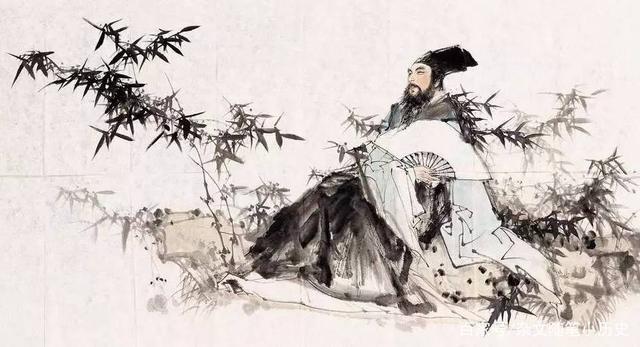
I. Event Overview: China’s Version of the “Prism Gate” Incident
1. Modern Perspective Analogy Table
| Dimension | Wutai Poetry Case (1079) | Modern Equivalent Event |
| Trigger Mechanism | Poetry Allegedly Containing Political Metaphors | Social Media Speech Monitoring |
| Judicial Institution | Imperial Censorate (Discipline Inspection Department of the Northern Song Dynasty) | Special Prosecutor’s Office |
| Key Evidence | Huzhou Thank-You Memorial and 120 Other Poems | Leakage of Encrypted Emails |
| Outcome and Impact | Su Shi Banished to Huangzhou, Marking the Start of His Creative Peak | Snowden Incident Rewriting Cybersecurity History |
II. The Onset of the Storm: 43 Days from Local Official to Prisoner
1. Crisis Timeline

2. Analysis of Fatal Verses
| Original Verses | Accusations | Actual Context |
| “Roots Reach Nine Springs Without Bend” | Insinuating the Emperor’s Rule Lacked Integrity | Describing the Natural Characteristics of a Juniper Tree |
| “If the Eastern Sea Knew the Emperor’s Will” | Satirizing New Policies as Exploitative | Expressing Concern for People’s Livelihood in a Rain Prayer Poem |
| “Winning Praise from Children for Good Speech” | Slandering the Effectiveness of Imperial Examination Reforms | Recording Achievements in Rural Literacy Campaigns |
III. Imprisonment: 142 Days in the Imperial Censorate
1. Revelation of Interrogation Methods
- Psychological Warfare: 22 Consecutive Days of Sustained Interrogation
- Evidence Chain:
- Cross-Comparison of Correspondence
- Interpretation of Homophonic and Double-Meaning Verses (e.g., “Hibernating Dragon” Implicitly Referring to the Emperor)
- Imprisonment Conditions:
- Cell Size: 1.5m × 2m (Modern Forensic Reconstruction Data)
- Diet Record: “Four Liangs of Soup Noodles” Daily (Approx. 200g of Pasta)
2. Key Figures in the Turning Point of Life and Death
| Role | Standpoint | Key Actions | Modern Analogy |
| Emperor Shenzong of Song | Final Decision-Maker | Approved “Specially Demoted to Supervising Censorate Water Ministry Assistant” | Chief Justice of the Supreme Court |
| Wang Anshi | Political Foe turned Rescuer | Wrote “How Can a Sage Ruling Execute a Talented Scholar?” | Public Support from Political Opponent |
| Su Zhe | Relative and Defender | Offered to Surrender All Official Positions to Redeem His Brother | Top-Notch Legal Team |
IV. Historical Resonance: A Major Turning Point in Literary History
1. Comparison of Creations Before and After Banishment
| Period | Annual Output | Masterpieces | Stylistic Transformation |
| Pre-Banishment (1069-1078) | 15 Poems/Year | Jiangchengzi·Hunting in Mizhou | Political Satire |
| Post-Banishment (1080-1101) | 42 Poems/Year | Ode to the Red Cliff, Steady Wind | Philosophical Reflections on Life |
2. Modern Value Re-evaluation
- Study of Judicial Systems: Insights from the Song Dynasty “Imperial Prison” Procedures for Contemporary Special Investigations
- Boundaries of Freedom of Speech: Jurisprudential Debates on Whether Poetic Metaphors Constitute Crimes
- Post-Traumatic Growth: Psychological Mechanisms from PTSD to Self-Transcendence
V. Global Mirror: Cross-Time Dialogue on Literary Inquisitions
1. International Case Comparison Table
| China | West | Japan |
| Wutai Poetry Case (1079) | Galileo Trial (1633) | Hōgen Rebellion (1156) |
| Su Shi’s Banishment to Huangzhou | Galileo’s House Arrest | Emperor T 崇德’s Exile |
| Ode to the Red Cliff | Dialogue Concerning the Two Chief World Systems | Hōjōki (Record of a Ten-Foot Square Hut) |
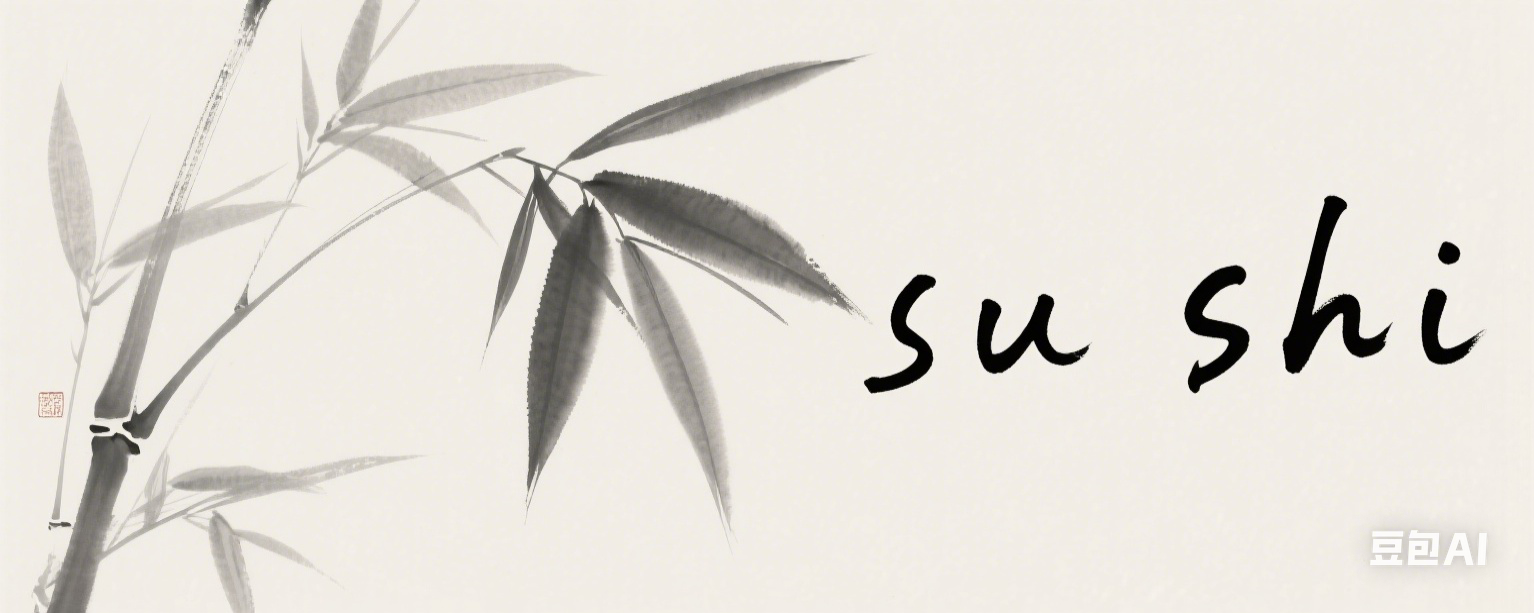
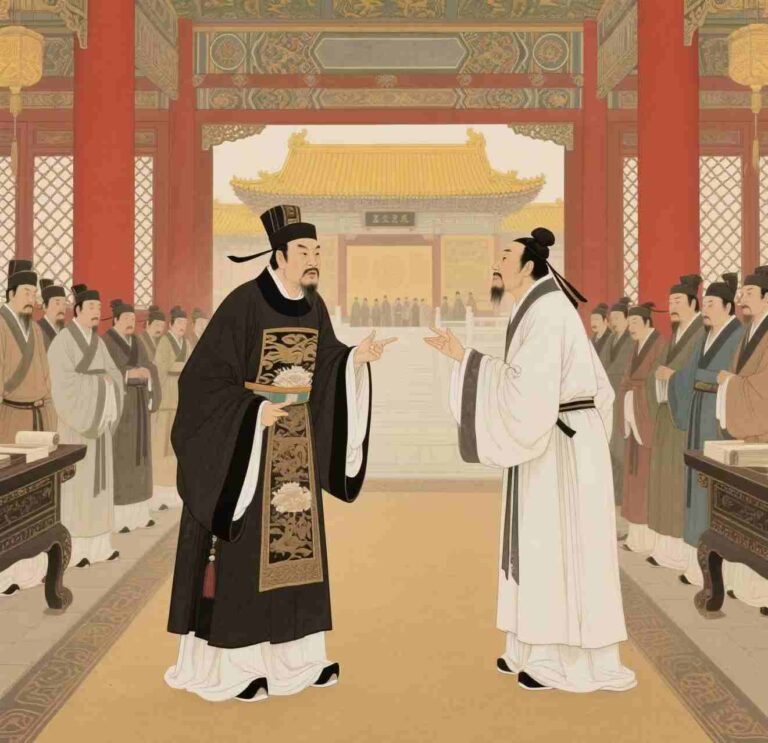
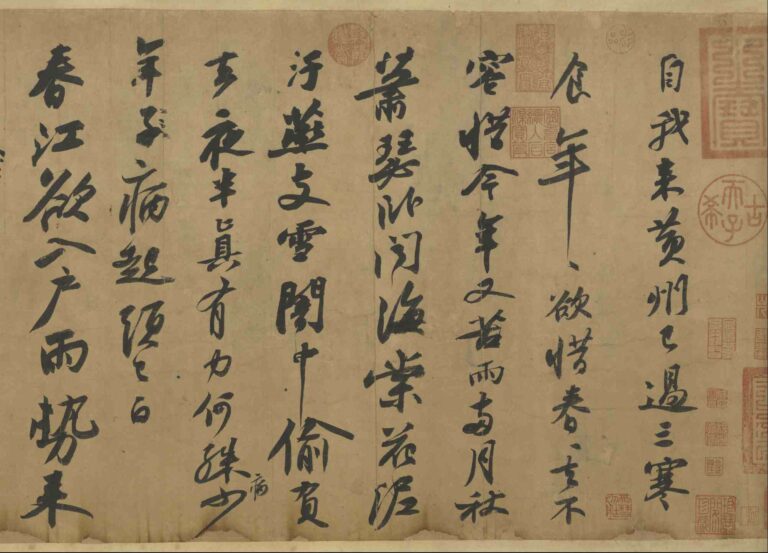

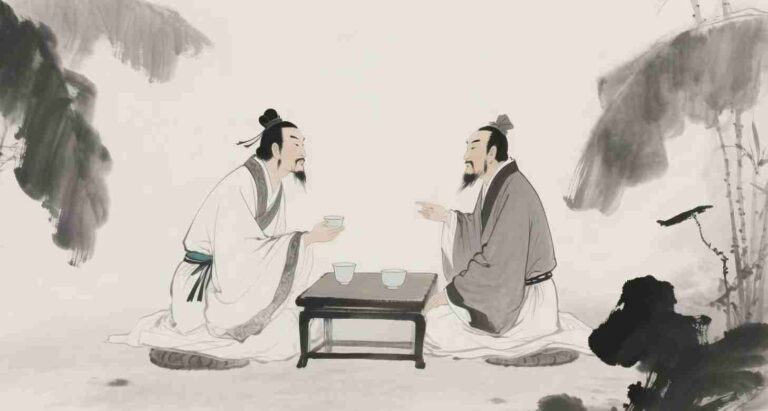
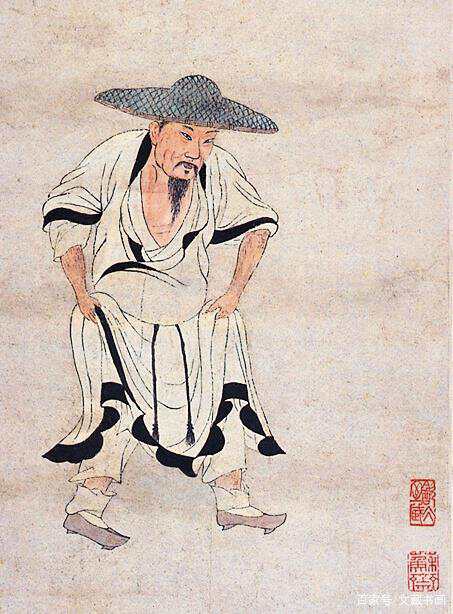

2 Comments